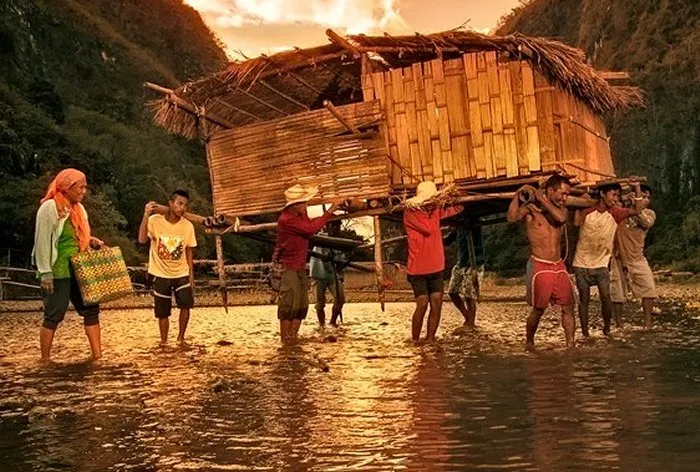Unveiling the Filipino Spirit of Resilience
In the heart of the Pacific’s typhoon belt lies a nation that has become synonymous with resilience in the face of natural disasters. The Philippines, a sprawling archipelago of over 7,000 islands, is no stranger to the wrath of nature’s fury. From devastating typhoons to powerful earthquakes and volcanic eruptions, the Filipino people have repeatedly demonstrated an unparalleled ability to rise above calamity with courage and unwavering unity.
A Legacy of Adversity
The resilience of the Filipino people is deeply rooted in their history and culture. With a location prone to frequent typhoons and earthquakes, Filipinos have had to develop coping mechanisms and communal bonds that transcend hardship. This resilience originates in a long history of overcoming adversity, from colonial rule to numerous natural disasters that have shaped the nation’s character.
Lessons Learned from Tragedy
One of the most striking examples of Filipino resilience can be seen in the aftermath of Typhoon Haiyan (locally known as Yolanda), which struck the central Philippines in November 2013. With wind speeds reaching 315 km/h (195 mph), Haiyan left a trail of destruction unparalleled in recent history. Entire communities were flattened, thousands lost their lives, and millions were displaced. Yet, stories of heroism and solidarity emerged amidst the rubble and chaos.
In Tacloban City, one of the hardest-hit areas, residents banded together to provide aid and support to those in need. Makeshift shelters were quickly erected, and communities pooled their resources to ensure everyone had access to food, water, and medical care. International aid poured in, but the resilience and fortitude of the Filipino people truly stood out.
Recent Examples: Trials and Triumphs
Recent disasters continue to test the resilience of Filipinos across the nation. For instance, Typhoon Odette (2021) battered the Visayas and Mindanao regions, causing widespread damage to homes, infrastructure, and agriculture. Despite the devastation, local communities quickly mobilized to assist, demonstrating a resilient response in the face of adversity.
The eruption of Taal Volcano in January 2020 further showcased Filipino resilience. Ashfall blanketed nearby provinces, prompting mass evacuations and disrupting daily life. Once again, communities rallied together to support evacuees and rebuild affected areas, showcasing the enduring spirit of bayanihan in times of crisis.
The Role of Community and Culture
Central to Filipino resilience is “Bayanihan,” a traditional practice where communities come together to help a neighbor in need. This spirit of collective action is deeply ingrained in Filipino culture and is evident in every disaster response. Whether it’s rebuilding homes after a typhoon, supporting victims of volcanic eruptions, or providing relief during earthquakes, Filipinos show time and again that they are stronger together.
The eruption of Mount Pinatubo in 1991 serves as another poignant example. After decades of dormancy, the volcano erupted violently, displacing hundreds of thousands and blanketing the region in ash. Yet, in the face of such devastation, communities rallied together to rebuild their lives. Schools were reconstructed, livelihoods were restored, and the land was rehabilitated, demonstrating a resilience that has become emblematic of the Filipino spirit.
Looking Ahead: Challenges and Hope
While the resilience of the Filipino people is a source of inspiration, the challenges remain significant. Climate change is increasing the frequency and intensity of natural disasters, posing new threats to vulnerable communities across the Philippines. Addressing these challenges requires resilience and proactive measures in disaster preparedness, infrastructure development, and sustainable practices.
Despite these challenges, there is hope. The spirit of resilience that has defined the Filipino people for generations continues to shine brightly. With each disaster, lessons are learned, and communities grow stronger. Filipinos pursue a more resilient future through innovation, education, and collective action.
In conclusion, the story of Filipino resilience during disasters is one of courage, community, and cultural strength. It is a testament to the indomitable spirit of a people who have faced adversity with unwavering determination and solidarity. As the Philippines navigates an increasingly uncertain future, one thing remains sure: the spirit of Bayanihan will continue to light the way forward, inspiring resilience in the face of whatever challenges may come.


